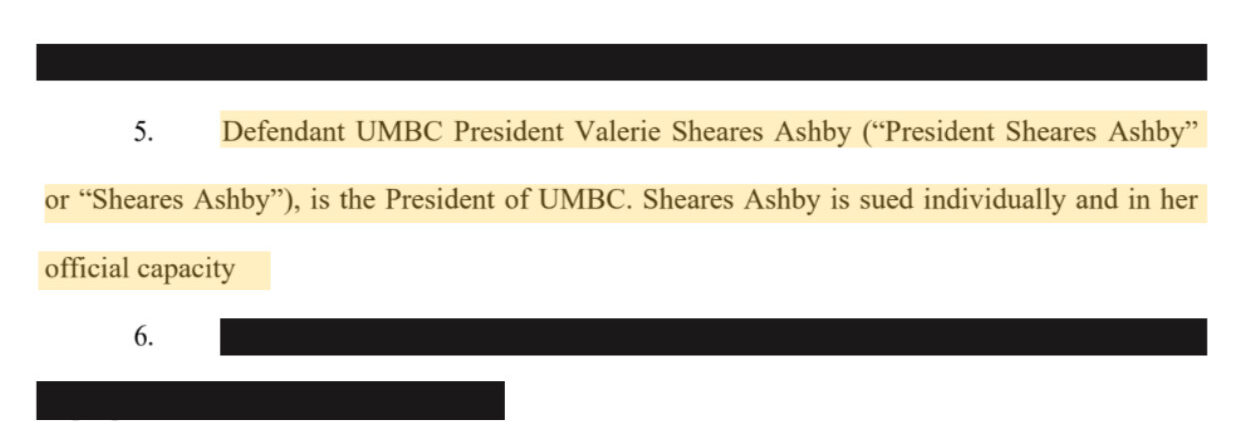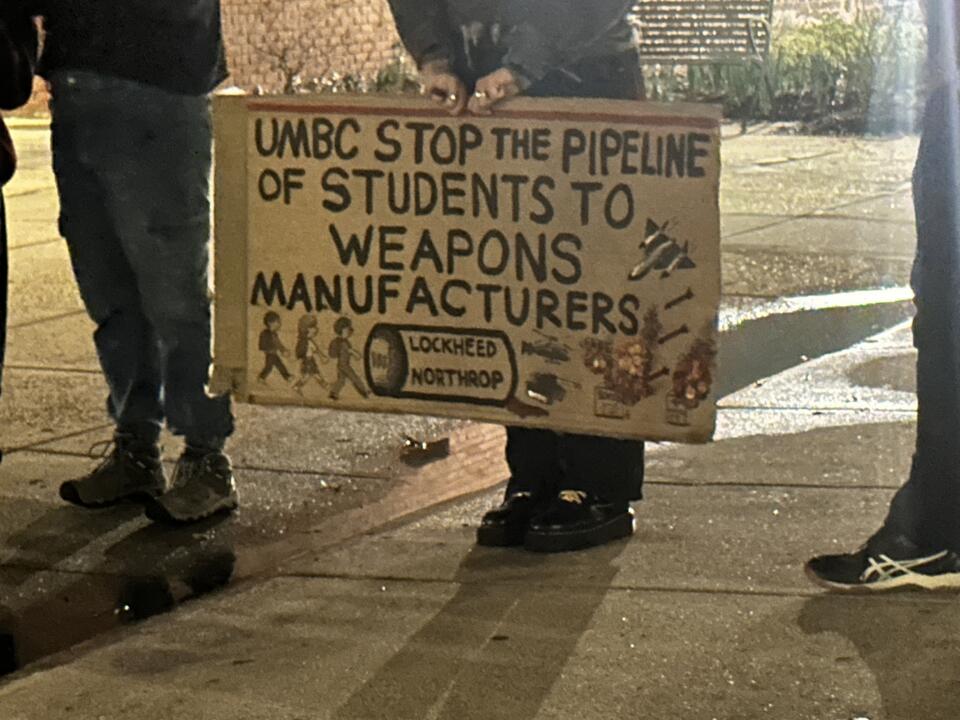Students have expressed concern regarding an alleged incident where garbage and compost contents were emptied and merged into one trash can at the Commons by an employee of the university. This controversy was discussed among students such as Shane Wellnitz and UMBC’s environmental sustainability coordinator Tanvi Gadhia on social media.
Jamie Alexander, sophomore at UMBC, posted in UMBC Progressives, a Facebook group and on campus club discussing UMBC’s social issues, regarding an employee emptying and merging compost contents into one trash can at The Commons. The question was then brought up: How much does UMBC actually compost? Signs are placed everywhere around the Commons and True Grits regarding UMBC’s sustainability, but students were concerned about how much was actually composted. There are multiple bins at Commons instructing students to discard their trash from paper, compostable, trash and more in separate bins.
In order to clear up the confusion regarding what is actually being composted, Gandhia was asked what percentage of trash is actually composted. According to the data collected for Fall 2015 by Waste Neutral, 83.01 percent of trash was composted at True Grits, while only 16.99 percent of trash was composted at the Commons. 39.97 tons were collected in total. Comparatively, in Fall 2013, 87.67 percent of trash was composted at True Grits and 12.33 percent of trash was composted at The Commons; 53.35 tons were collected in total.
Gadhia explained, “There are three types of bags, blue bags in recycling bins, special green compostable bags in compost bins and black trash bags in the ‘landfill’ section of the waste bin. The color coding allows for the bags to be collected at once and then transferred into the appropriate dumpster.”
“Also, there are separate haulers for recycling. UMBC used to get money for paper recycling from [the] paper, [The] Retriever, but you can put any type of recycling in the mixed, like plastic/aluminum/glass, in the recycling container. Those are sorted at the facility by an automated machine. However, the hauler doesn’t accept compost that’s contaminated with non-compostable materials, such as plastic or glass,” Gadhia said.
While composting items is an effective alternative for materials that cannot be recycled, it can also create confusion.
“When in doubt if something is compostable, don’t compost it unless it’s clearly food scraps or paper napkins or something that you know is biodegradable or labelled compostable. Contamination can prevent an entire composting bin from being hauled to the composting facility because of their policies,” Gadhia said.
This may be why the alleged incident occurred: the compostable contents had been infused with trash unable to be repurposed in any form, therefore contaminating the entire bin.
Republic Services is UMBC’s hauler for recycling and trash and a company called Waste Neutral picks up UMBC’s compost and hauls it to a facility in Prince George’s County. Waste Neutral doesn’t accept compost that’s contaminated with non compostable materials, according to Sustainability Matters at UMBC.
Shane Wellnitz, environmental sciences major and the eco-ambassador of Sustainability Matters at UMBC, raised his concern regarding the matter. “When students sort their recycle, compost and trash correctly, it increases the efficiency of systems down the line. It also increases the rate that we can compost and recycle. Custodial staff can easily transfer waste to the appropriate management company if it is properly sorted. Otherwise, contaminated recycle and compost go to the landfill,” he stated.
According to Wellnitz, one of the most effective workshop that one of environmental groups on campus has run is getting a trash can and emptying it on a tarp and then re-sorting it into the correct bins while students watch. Wellnitz added that he wanted to do workshops and demonstrations to educate people about the programs on campus and what can be done to make them more effective.
Another environmental group called The Garden, a student organization that manages the UMBC community garden, also helps sustainability through gleaning from markets. Gleaning, according to the USDA, is collecting excess foods from farms, gardens, farmers markets, grocers, restaurants, state/county fairs, or any other sources in order to provide it to those in need.
“Faculty can incorporate how actions in almost any field effect sustainability. Together we can change the culture to promote sustainable practices throughout our lifestyle,” stated Wellnitz.

